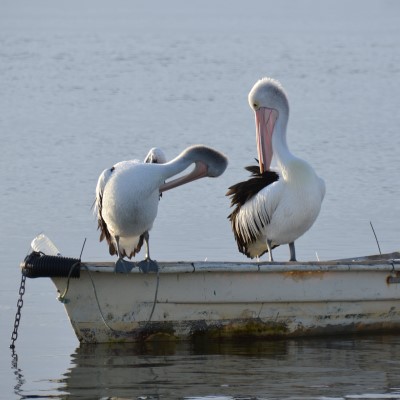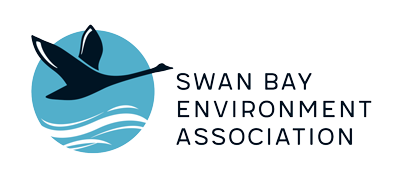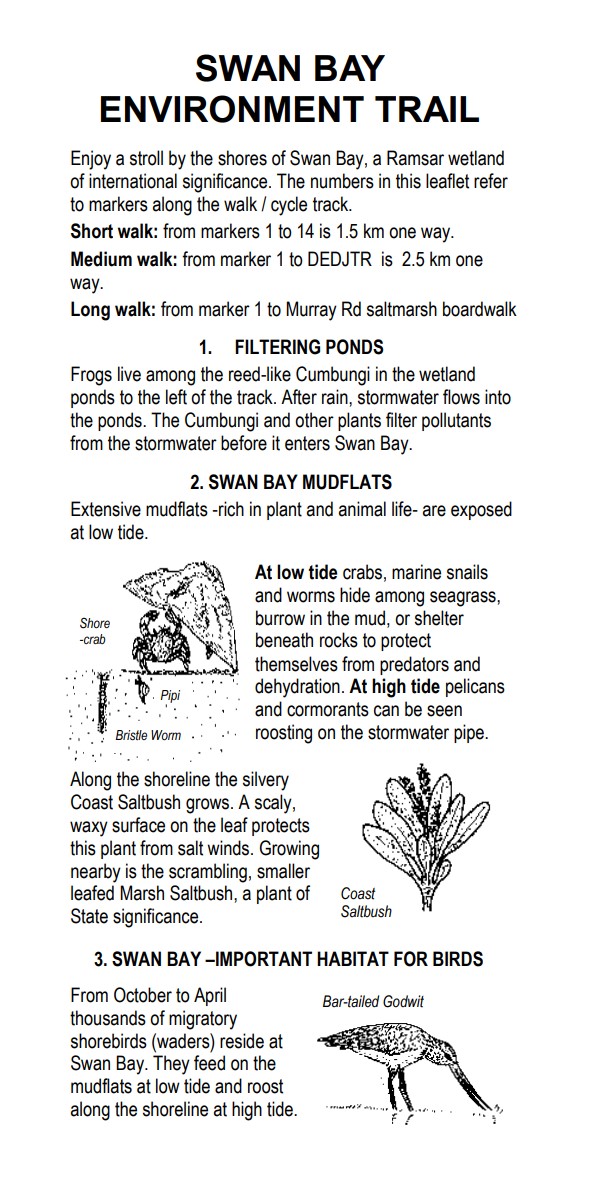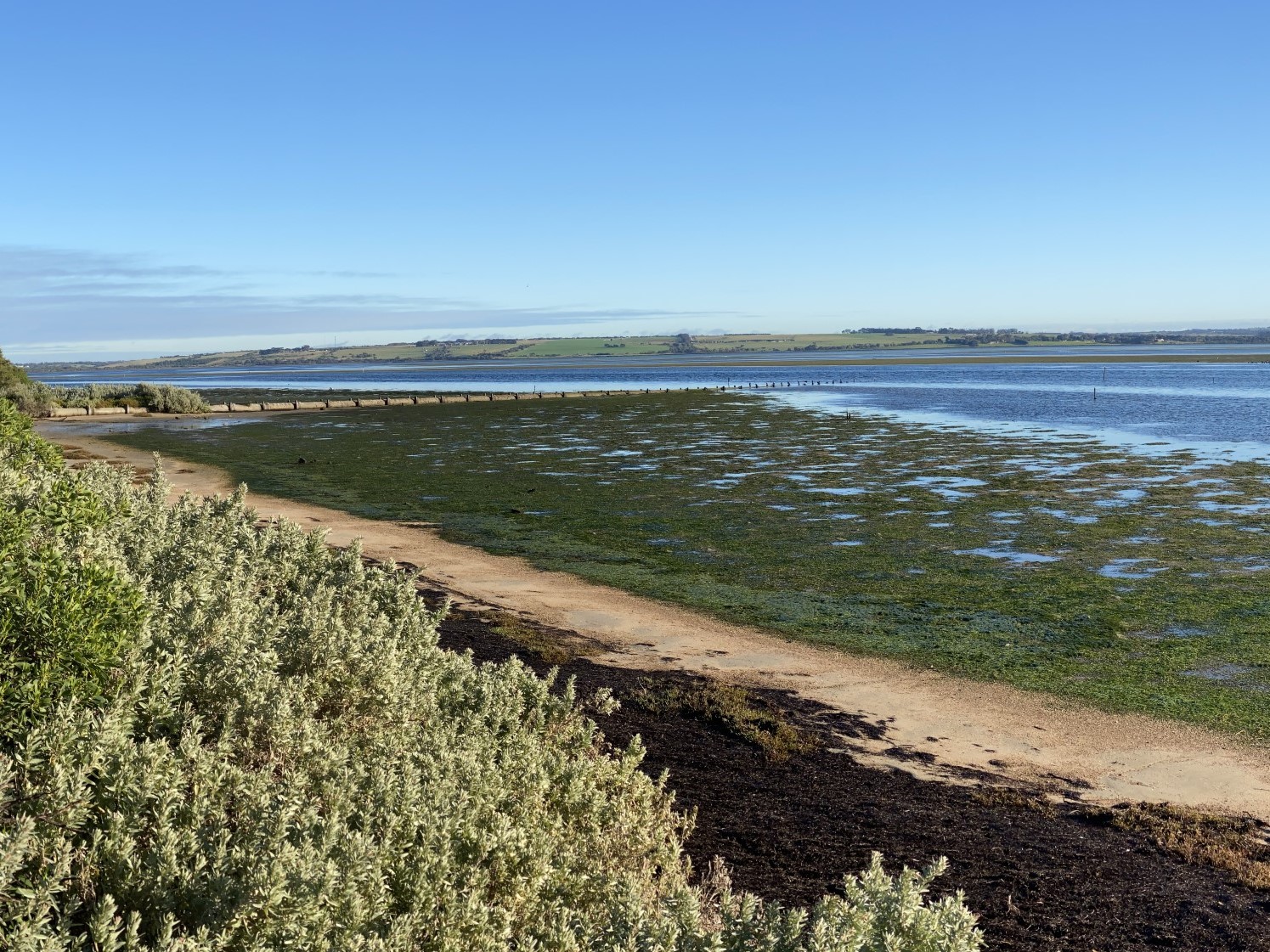
Early protection efforts
The significance of Swan Bay has long been recognised as an important area for marine plants and animals. It was also seen as an important breeding and feeding ground for fish species targeted by commercial fishers. As far back as 1870 there were restrictions placed on commercial fishing to protect the bay’s fish stocks.
In 1979 the creation of the Harold Holt Marine Reserves, the first in Victoria, gave Swan Bay greater protection. The reserves included Point Nepean, Point Lonsdale, Pope’s Eye, Mud Islands and Swan Bay. The marine reserves were absorbed into the new Port Phillip Heads Marine National Park declared in 2002.
Port Phillip Heads Marine National Park
At 2083 hectares, Swan Bay is by far the largest area within the Port Phillip Heads Marine National Park, with Pope’s Eye (3.1 ha) the smallest. The park was declared in 2002 with the aim of protecting the diverse marine life in southern Port Phillip Bay. It includes waters at Point Nepean, Point Lonsdale, Pope’s Eye, Mud Islands, Swan Bay and the Portsea Hole.
Commercial and recreational fishing is not allowed inside the park. However, recreational fishers can fish off the Swan Bay Jetty and take their boats along a 300m-wide strip of water from the jetty into Port Phillip Bay. This stretch of water is excluded from the park. A Special Protection Area overlay applies to all areas of Swan Bay that are inside the marine national park. The aim of the overlay is to protect sensitive seagrass communities and significant shorebird feeding areas from disturbance by vessels, including noise and propeller scour. It restricts all vessels to a 5-knot speed limit. To protect sensitive habitats, the vessels can only be launched into Swan Bay at designated boat ramps.
The Swan Bay section of the marine national park offers a wide range of recreational activities. These include some of Victoria’s best bird-watching, the study of plants and wildflowers, trail and beach walking, marine education, snorkelling, photography, canoeing and sailing – Swan Bay has two yacht clubs.
You can walk along the shoreline of Swan Bay from Queenscliff to Lakers Cutting and Fellows Road (Lakers Cutting is not in the marine national park). The Swan Bay Environment Trail guide has information on each of 14 stops between the Queenscliff Railway Station and the Queenscliff Lonsdale Yacht Club. You can continue from there along medium and long walks. The medium walk ends at the Marine Discovery Centre, while the longer section ends at the corner of Murray and Fellows roads. The Bellarine Rail Trail continues on from there towards Geelong.
Along the trail there are signboards, boardwalks and lookouts to raise awareness of the bay’s special values. Take your family and friends along the trail for great views, fresh air and exercise. Download the trail brochure or pick one up on your walk or at the information centre in Hesse Street, Queenscliff.
Access is limited on Swan Bay’s western shoreline, where private land comes down to the high tide mark. However, there is a short trail to Burnt Point at the end of McDonald Road, and the Swan Bay Jetty and Queenscliff boat ramp in Bridge Street allow boat access.
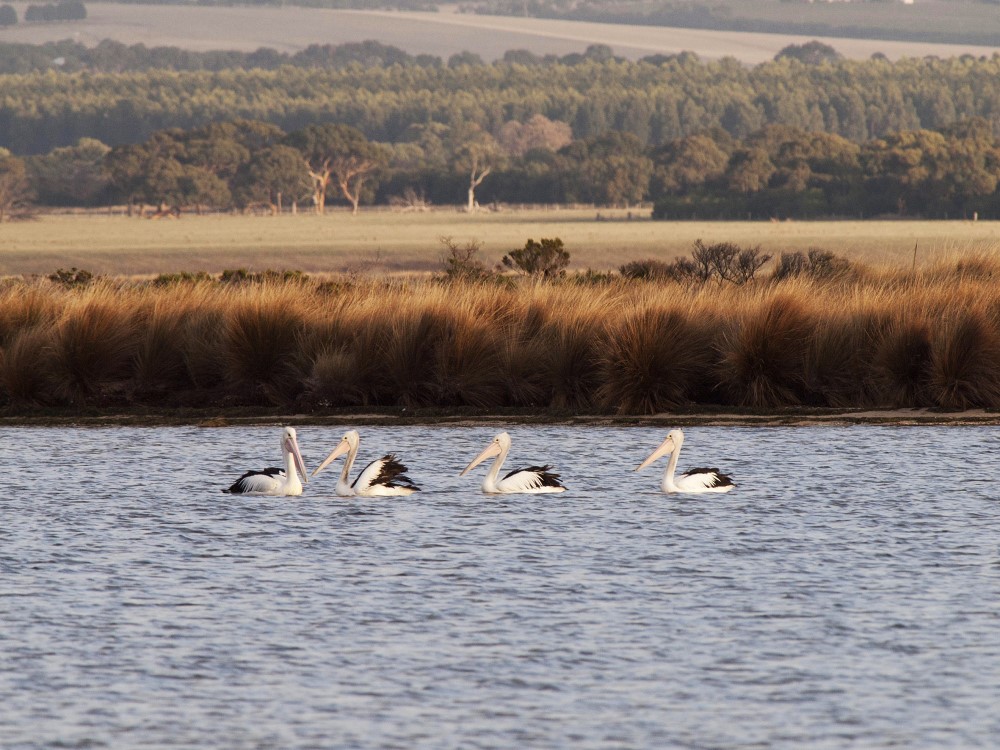
Edwards Point Wildlife Reserve
Edwards Point is a sandy spit four kilometres long with beaches, coastal dunes, moonah woodland and saltmarsh. It was declared a wildlife reserve in 1971 and is one of the few areas around Swan Bay that retains its original vegetation – it protects the last-remaining large stand of moonah woodland on the Bellarine Peninsula.
Birds in the woodlands include the Golden Whistler, Superb Fairy Wren, Spiny-cheeked Honeyeater and Singing Honeyeater. Woodland mammals include the Brush-tailed Possum, Eastern Grey Kangaroo and Short-beaked Echidna. The Red-necked Stint and Pied Oystercatcher feed along the beach, while the Australian Pelican, Australian Fur Seal and Burrunan Dolphin might be seen offshore.
Three sign-posted walks – Charlie’s Hole Walk, Coastal Woodland Walk and the Two Bays Lookout Walk – allow visitors to explore woodland, wetland and beach habitats in the reserve. The Charlie’s Hole Walk takes you to a lookout with spectacular views of Swan Bay. Entrance to the wildlife reserve is off Beach Road via Bluff Road and then Cliff Street in St Leonards.
